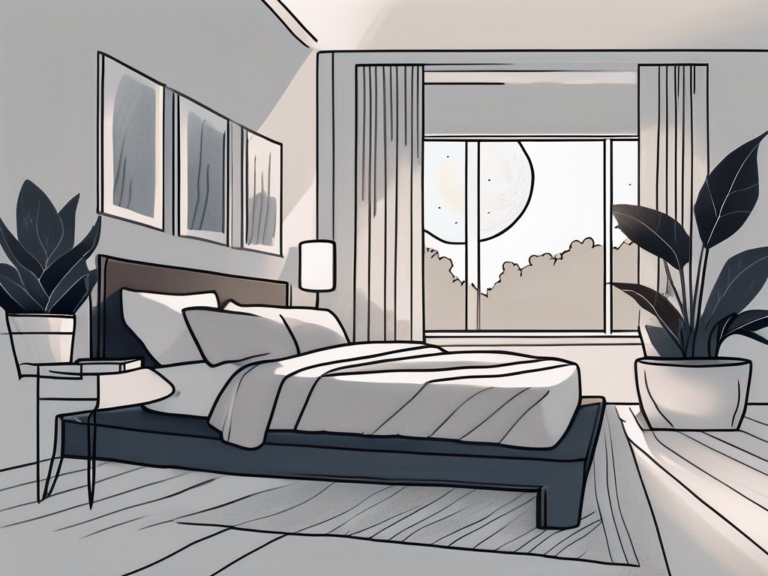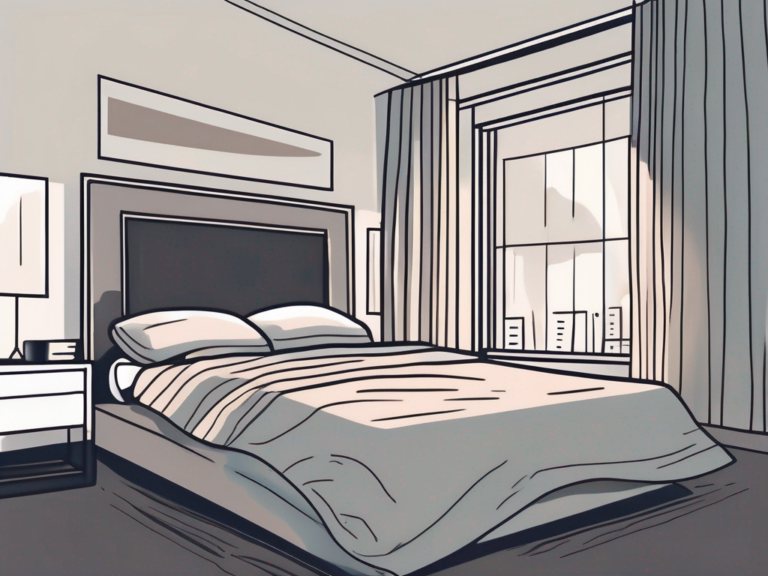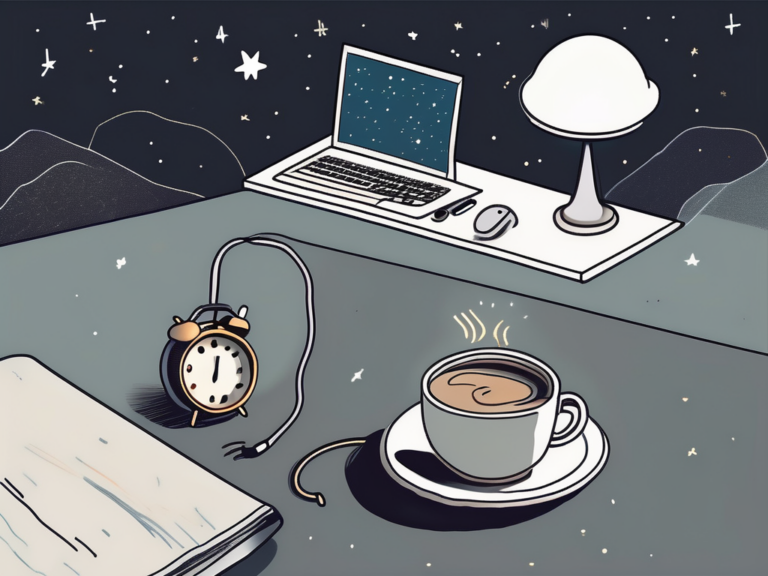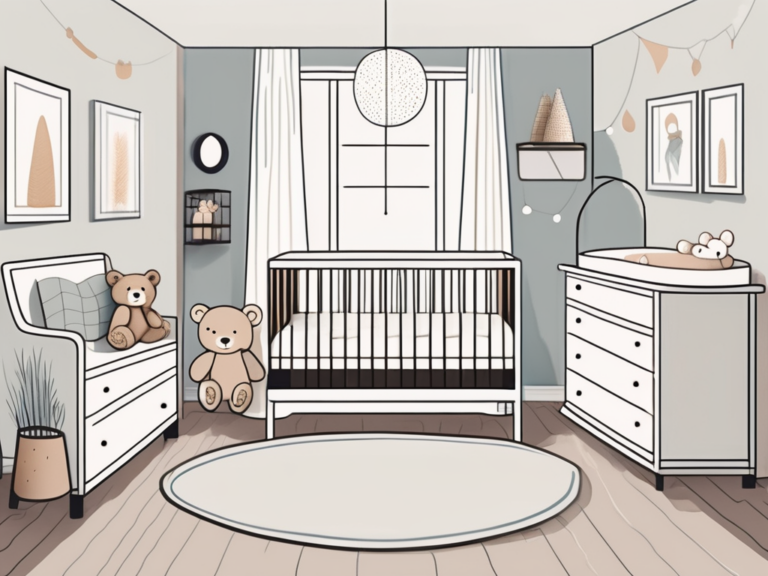are there some known sleep apnea machine side effects
Sleep apnea is a sleep disorder that affects millions of people worldwide. It is characterized by interruptions in breathing during sleep, leading to poor quality sleep and various health complications. To address this condition, sleep apnea machines are commonly used to aid in breathing and ensure uninterrupted slumber. However, like any medical intervention, sleep apnea machines can have side effects. In this article, we will explore the causes of sleep apnea, the role of sleep apnea machines, common side effects, strategies to manage these side effects, and when to consult a doctor.
Understanding Sleep Apnea
Sleep apnea is a condition that occurs when a person’s airflow is partially or completely blocked during sleep, leading to brief pauses in breathing. These interruptions can last from several seconds to minutes, causing oxygen levels in the body to drop. As a result, the person wakes up momentarily to reopen their airway, often leaving them feeling tired and exhausted during the day.

What is Sleep Apnea?
Sleep apnea is a chronic sleep disorder that affects people of all ages. It can be categorized into three types: obstructive sleep apnea (OSA), central sleep apnea (CSA), and mixed sleep apnea. OSA, the most common type, occurs when the throat muscles relax and block the airway. CSA, on the other hand, happens when the brain fails to send signals to the muscles that control breathing. Lastly, mixed sleep apnea combines characteristics of both OSA and CSA.
Causes and Risk Factors of Sleep Apnea
Several factors contribute to the development of sleep apnea. Excess weight, particularly around the neck, increases the risk of OSA. Age also plays a role, as sleep apnea becomes more prevalent as we get older. Other risk factors include smoking, alcohol consumption, family history, and certain medical conditions such as nasal congestion, enlarged tonsils, and hormonal disorders.
One of the most significant risk factors for sleep apnea is obesity. Excess weight can lead to the accumulation of fatty tissues around the neck, which can put pressure on the airway and obstruct breathing during sleep. This is why maintaining a healthy weight through regular exercise and a balanced diet is crucial in reducing the risk of developing sleep apnea.
In addition to weight, age is another factor that contributes to the prevalence of sleep apnea. As we age, the muscles in our throat and tongue may naturally lose their tone, making them more likely to collapse and block the airway during sleep. This is why older individuals are more susceptible to sleep apnea and should be mindful of the symptoms.
The Role of Sleep Apnea Machines
Sleep apnea machines, also known as continuous positive airway pressure (CPAP) machines, are a common treatment for sleep apnea. They function by delivering a constant flow of air pressure to the airways, preventing them from collapsing and allowing for uninterrupted breathing throughout the night.
How Do Sleep Apnea Machines Work?
Sleep apnea machines consist of a small air pump that connects to a mask worn over the nose or mouth. The machine creates pressure that keeps the airway open, ensuring a continuous flow of air into the lungs. By maintaining proper airflow, sleep apnea machines alleviate the pauses in breathing and promote restful sleep.
Different Types of Sleep Apnea Machines
There are various types of sleep apnea machines available, including CPAP, APAP (auto-adjusting positive airway pressure), and BiPAP (bilevel positive airway pressure). CPAP machines provide a consistent air pressure throughout the night, while APAP adjusts the pressure based on the individual’s breathing patterns. BiPAP machines deliver different air pressures for inhalation and exhalation, accommodating those who find it challenging to exhale against continuous airflow.
Let’s delve deeper into the different types of sleep apnea machines. CPAP machines, which are the most common, deliver a constant and steady air pressure to keep the airway open. This constant pressure ensures that the airway does not collapse, preventing the occurrence of apnea episodes during sleep. APAP machines, on the other hand, are designed to automatically adjust the air pressure based on the individual’s breathing patterns. This intelligent technology allows for a more personalized treatment, as the machine can adapt to the changing needs of the user throughout the night.
Now, let’s explore the BiPAP machines. These machines provide different air pressures for inhalation and exhalation, making it easier for individuals who struggle to exhale against continuous airflow. By delivering a higher pressure during inhalation and a lower pressure during exhalation, BiPAP machines offer a more comfortable experience for those with specific respiratory needs.
It’s important to note that the choice of sleep apnea machine depends on various factors, including the severity of the condition, individual preferences, and the recommendations of healthcare professionals. Each type of machine has its own unique features and benefits, ensuring that individuals with sleep apnea can find a suitable solution to improve their sleep quality and overall well-being.
Common Side Effects of Sleep Apnea Machines
Although sleep apnea machines are highly effective in treating sleep apnea, they can potentially cause side effects in some users. It is important to note that not everyone will experience these side effects, and they can vary in severity.
Physical Side Effects
The physical side effects associated with sleep apnea machines include nasal congestion, dry or sore throat, nasal discomfort, mouth dryness, skin irritation, and pressure sores on the face. These side effects can be minimized by using a humidifier, adjusting the mask fit, and keeping the equipment clean.
One common physical side effect that some users may experience is nasal congestion. This occurs when the continuous positive airway pressure (CPAP) machine delivers pressurized air into the nasal passages, causing the tissues to swell. To alleviate this discomfort, using a nasal saline spray or a nasal decongestant can help clear the congestion and improve breathing during sleep.
In addition to nasal congestion, some users may also experience dry or sore throat. This can be attributed to the air from the sleep apnea machine drying out the throat and nasal passages. To alleviate this symptom, using a heated humidifier with the machine can add moisture to the air, preventing dryness and reducing the likelihood of a sore throat.
Psychological Side Effects
Sleep apnea machines, especially during the adjustment period, can lead to psychological side effects. Some individuals may experience claustrophobia due to wearing a mask, difficulty falling asleep, or feeling anxious about relying on a machine to breathe. It is essential to address these concerns and seek support from healthcare professionals or support groups.
During the adjustment period, it is not uncommon for users to experience difficulty falling asleep while using a sleep apnea machine. This can be attributed to the unfamiliar sensation of wearing a mask and the presence of continuous airflow. To overcome this, establishing a bedtime routine that includes relaxation techniques, such as deep breathing exercises or listening to calming music, can help promote a sense of calmness and aid in falling asleep more easily.
Furthermore, some users may feel anxious about relying on a machine to breathe throughout the night. This anxiety can stem from concerns about the machine malfunctioning or the fear of becoming dependent on the device. It is crucial to address these fears and seek reassurance from healthcare professionals who can provide guidance and support during the adjustment process.
Managing Side Effects of Sleep Apnea Machines
While sleep apnea machine side effects can be bothersome, they can often be managed effectively. Here are some tips to minimize physical discomfort and cope with the psychological impact:
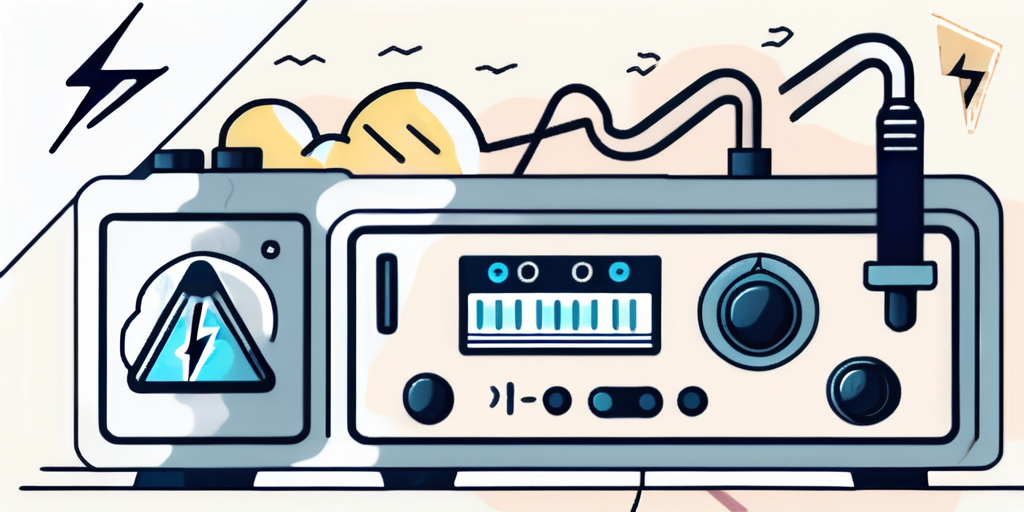
Tips to Minimize Physical Discomfort
- Ensure the mask fits properly and is not too tight or loose.
- Use a nasal spray or saline solution to relieve nasal congestion.
- Keep the machine and mask clean to reduce the risk of skin irritation or infections.
- Try using a humidifier with the sleep apnea machine to add moisture to the air, minimizing dryness in the nose and throat.
Managing physical discomfort is crucial for a comfortable sleep apnea treatment experience. By ensuring that the mask fits properly, you can prevent unnecessary pressure on your face, which can lead to discomfort and even skin irritation. Additionally, using a nasal spray or saline solution can help alleviate any nasal congestion, allowing for easier breathing throughout the night. It is also important to maintain cleanliness by regularly cleaning the machine and mask, as this can help reduce the risk of skin infections or irritations.
Furthermore, incorporating a humidifier into your sleep apnea machine setup can significantly improve your comfort level. The added moisture in the air can prevent dryness in the nose and throat, reducing any potential discomfort or irritation that may arise from prolonged use of the machine.
Dealing with Psychological Impact
- Give yourself time to adjust to the sleep apnea machine gradually.
- Talk to your healthcare provider about any concerns or difficulties you may have.
- Seek support from loved ones or join a sleep apnea support group to connect with others who can relate to your experiences.
- Practice relaxation techniques, such as deep breathing or meditation, before bed to alleviate anxiety or stress.
While managing the physical discomfort of sleep apnea machine side effects is important, addressing the psychological impact is equally crucial for overall well-being. It is essential to give yourself time to adjust gradually to the sleep apnea machine, as it may feel unfamiliar or uncomfortable at first. Talking to your healthcare provider about any concerns or difficulties you may have can provide valuable guidance and support.
Additionally, seeking support from loved ones or joining a sleep apnea support group can be immensely helpful. Connecting with others who have similar experiences can provide a sense of understanding and camaraderie, making the journey towards managing sleep apnea machine side effects feel less isolating.
Lastly, practicing relaxation techniques, such as deep breathing or meditation, before bed can help alleviate any anxiety or stress that may arise from using the sleep apnea machine. By incorporating these techniques into your bedtime routine, you can create a calm and peaceful environment, promoting a restful night’s sleep.
When to Consult a Doctor
While sleep apnea machine side effects are generally mild and temporary, there are times when medical attention is necessary. It is crucial to recognize the difference between common side effects and symptoms indicating a more serious issue.

Recognizing Serious Side Effects
If you experience severe skin irritation, persistent difficulty breathing, excessive chest pain, or excessive discomfort when using the sleep apnea machine, it is important to consult a doctor immediately. These symptoms could indicate an allergic reaction or other underlying health concerns that require professional evaluation.
Importance of Regular Check-ups
Regular check-ups with your healthcare provider are essential to monitor the effectiveness of your sleep apnea treatment and address any concerns or side effects. They can provide guidance on adjusting the machine settings, suggest alternative therapies, or recommend additional interventions if needed.
During these check-ups, your healthcare provider will assess your overall health and evaluate the impact of the sleep apnea machine on your sleep quality. They will also take into consideration any changes in your lifestyle or medical history that may affect your treatment plan. By regularly monitoring your progress, your healthcare provider can ensure that you are receiving the optimal level of care for your sleep apnea.
Furthermore, regular check-ups allow for early detection of any potential complications or side effects that may arise from long-term use of the sleep apnea machine. Your healthcare provider can identify and address these issues promptly, preventing them from worsening and ensuring the continued effectiveness of your treatment.
In addition to monitoring your sleep apnea treatment, regular check-ups also provide an opportunity to discuss any concerns or questions you may have. Your healthcare provider can offer guidance and support, helping you navigate any challenges that may arise during your journey to better sleep.
In conclusion, sleep apnea machines are a valuable tool in managing sleep apnea and improving sleep quality. While they may have some side effects, most can be effectively managed with simple adjustments and proper care. If you experience persistent or severe side effects, it is crucial to seek professional advice. Remember, the road to overcoming sleep apnea starts with taking proactive steps towards a healthier, more restful you.

